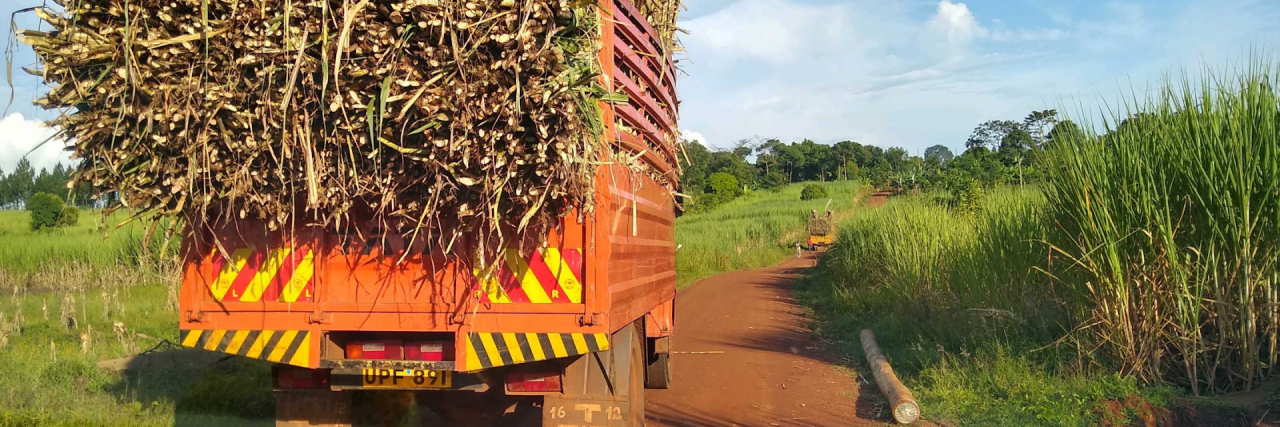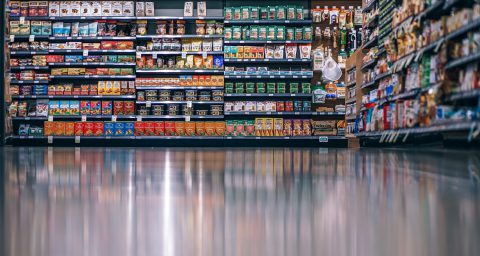In the Busoga region of Uganda close to half of the population are engaged in subsistence farming. Families traditionally use their land to grow food for their own consumption and for cash crops such as coffee. Since the 1990’s however commercial sugarcane production has expanded and the area now has 11 sugar manufacturers, the largest of which produces more than 50% of the countries sugar. Over two thirds of farmers registered with the main sugar manufacturer are small-scale with less than 2.5 acres of land. In fact, most of these small-scale farmers use all the land available to their family for growing sugarcane.
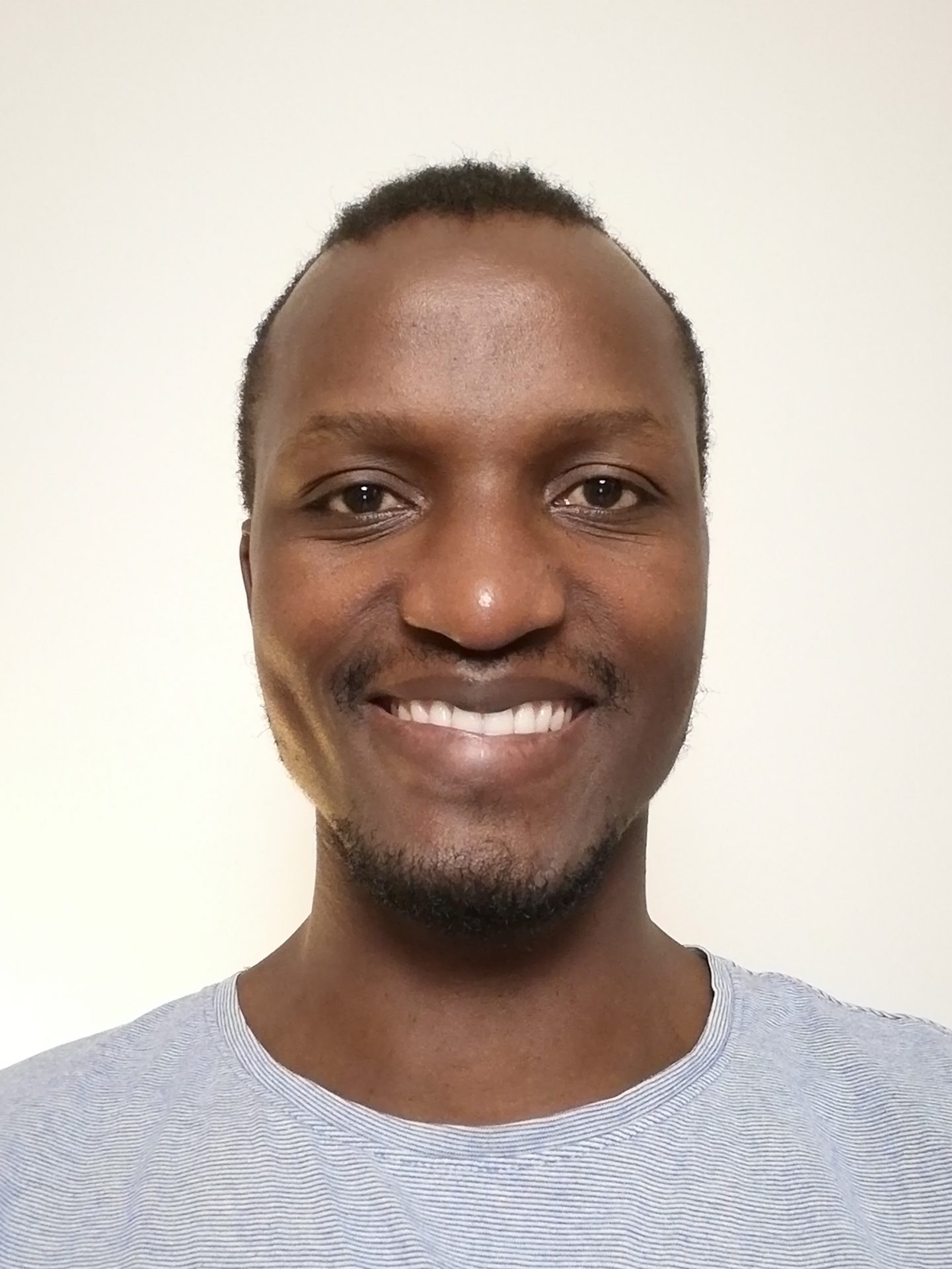
The incentive for this has been rising prices. Sugar prices have risen seven-fold in the last 15 years before settling in at around US$35 per ton (1). Most households have now uprooted previously common cash and food crops and have rushed into the sugar industry, resulting in more than 257% increase in commercial sugarcane coverage in the same period. Only a minority of small-scale farmers have prospered from the industry however. Farmers can either receive income annually or they can let out their farmland at around $140 per acre per 5-year period. Upon receiving the lumpsum men might use the opportunity to marry a second or third wife, and families (with an average household size of seven) of course spend the income on school fees, out-of-pocket health care costs and most importantly on buying daily family meals. Income from sugarcane production is often used up within two months of receiving it; it is very hard to save any money. With little remaining land to grow food, families often end up in poverty cycles with malnutrition-related ill health due to food shortage.
Food insecurity and cases of famine and severe undernutrition have started setting big feet in Eastern Uganda (2). On a footpath on my way to Suubi Health Center one morning with my Mum, we found a group of four people gathered around a man in his late 70’s lying on the floor, with one young person trying to fix a quick meal for him on a three-stone firewood cooking stove. Within a few minutes we learnt that going without food for two days had led to the collapse of the old man. With knowledge from the first aid classes my mother had taken with 31 other women from around Suubi community, she lent a hand and we started chatting with the old man soon after. We noticed that sugarcane was planted right up to the back of his house. It covered the entire half-acre plot of land that he had previously used for growing food. There are several accounts of starvation among families growing sugarcane in this region (2).
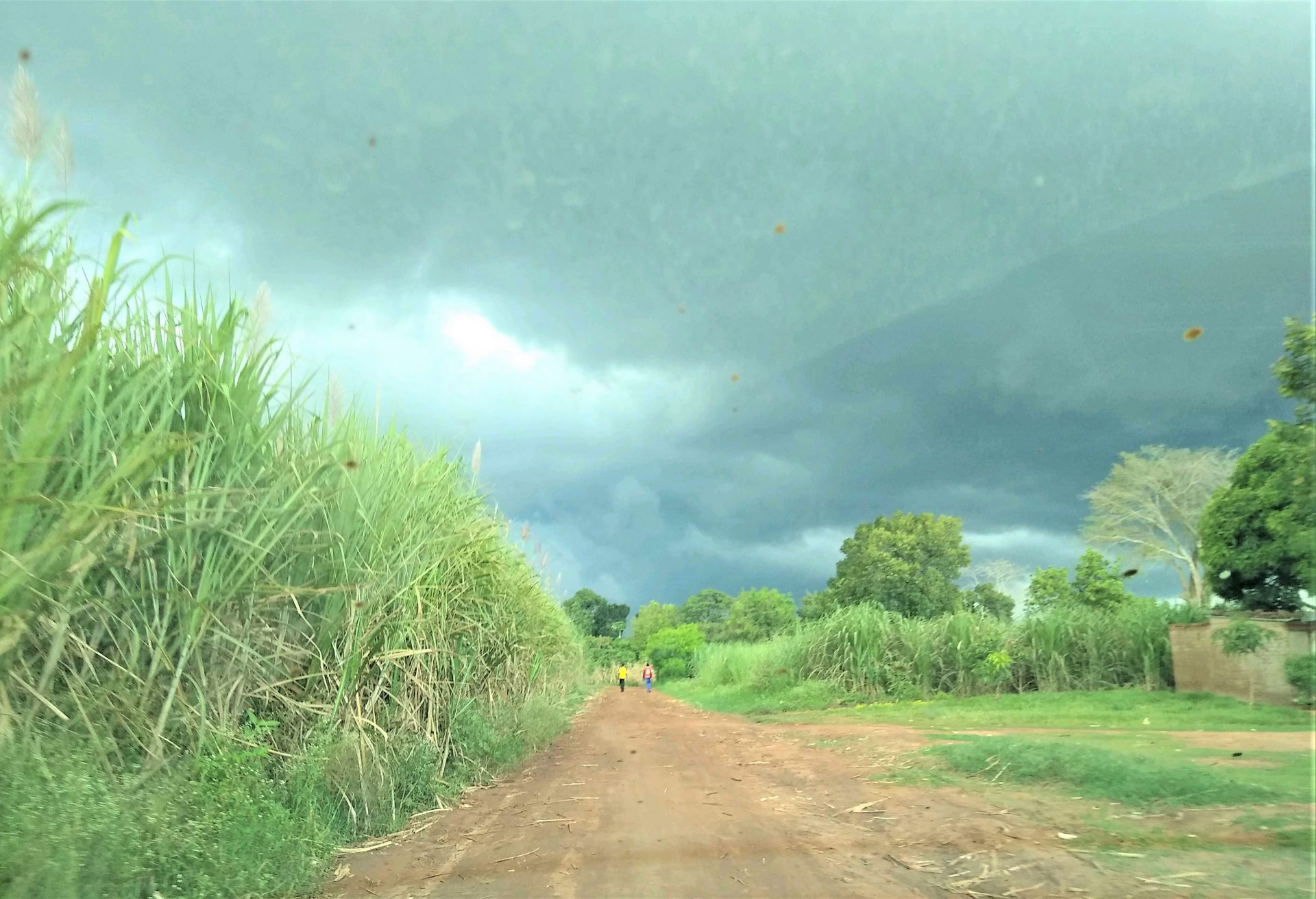
Small-scale farmers have faced grave consequences due to the poorly regulated sugar industry. For an industry that has led to a high rate of primary school dropouts, with children opting to work instead on sugarcane trucks, one would expect more regulations around it. The National Sugar Policy of 2010 highlights strengths and weaknesses of the industry and sets out measures for sugarcane growth (3). The policy however does not set out specific responsibilities for sugar manufacturers and households’ participation as outgrowers in terms of environmental conservation and food security, and internal policies by sugar manufacturers are lacking. The policy is also poorly enforced, with reports of sugarcane manufacturers being licensed to operate closer together and with greater total area of sugarcane coverage than permitted.
Land including swamps must be cleared of all trees, shrubs and drained of water before planting sugarcane. As a result swamps have dried up, rainfall patterns have drastically changed, water runoff and severe soil erosion are more common than ever and dry spells become harder and longer. Climate change further exacerbates matters. Insufficient policy regulation and enforcement have led to devastating environmental consequences and loss of livelihood security. I was surprised on one occasion walking through Mabira – Uganda’s largest rainforest, that its natural water streams running towards the river Nile emitted a foul smell. The nature guide couldn’t hold back in pointing out how the nearest sugar manufacturer pours untreated sugar processing residues directly into the river.
From living in a community where catastrophic out-of-pocket spending on healthcare, destruction of the environment for sugarcane growing and lack of economic opportunities drives households deeper into food insecurity and poverty cycles, it has become clear that a multisectoral approach to addressing food insecurity is required to counter this challenge.
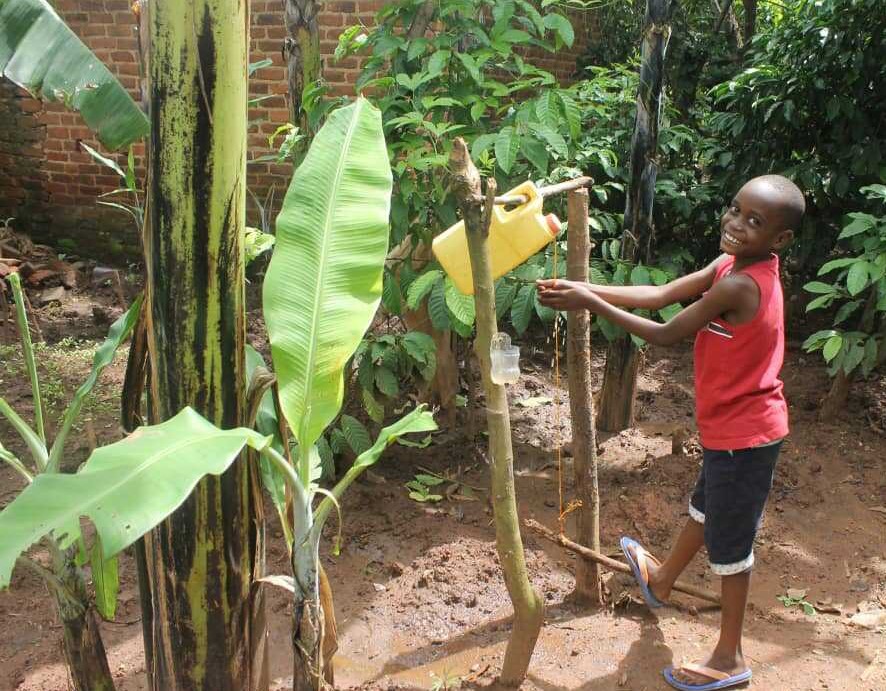
Our population, health, environment and social entrepreneurship initiative at Budondo Intercultural Center was designed to holistically widen food baskets. Our approach is in line with research recommendations for a triple-win strategy where food security, poverty alleviation and adaptation to climate change are addressed (4). Having started with 10 households two years ago, the model now has about 400 households practicing regenerative agriculture, family planning, water hygiene and sanitation and environmental conservation; therefore directly and indirectly increasing household food security.
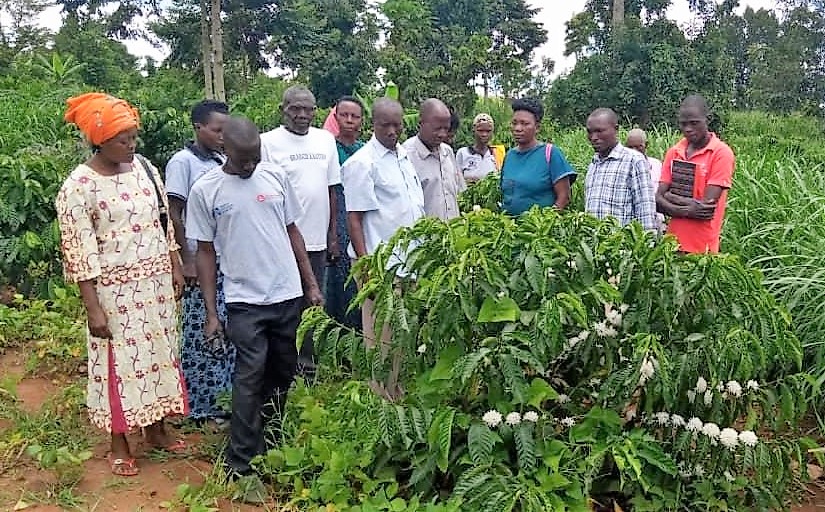
One of our model households has not realized the same economic output from our intervention as compared to sugarcane growing. They have however appreciated the wind and water runoff barriers from our soil conservation approaches, decreased water and hygiene related illnesses, increased access to food and vegetables for the household, greater knowledge on family planning and they are excited about the healthy coffee trees in their backyard. With consistency in this trajectory, we hopefully won’t need to stop by the roadside to support individuals with famine-induced fainting.
About the author
Denis Muwanguzi is the Co-Founder and Programs Director at Budondo Intercultural Center, a community-based organization in Uganda, and the Evaluation and Learning Lead at the US-based organization Mama Hope. He graduated with a Master of Medical Science with a major in Public Health at Lund University Sweden. He is interested in research and community led development models that improve human and society resilience in low- and middle-income settings.


